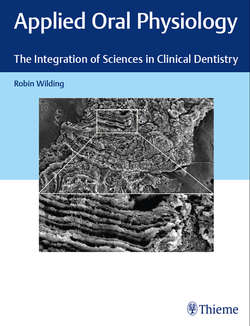Читать книгу Applied Oral Physiology - Robin Wilding - Страница 10
На сайте Литреса книга снята с продажи.
2 Dental Hard Tissues
ОглавлениеEnamel: Clinical Aspects
Pulp–Dentin: Clinical Aspects
Response of the Pulp–Dentin to Caries
Abstract
This chapter covers a wide range of topics in order to link the structure of a tooth with its vulnerability to bacteria and their products. The hard tissues of teeth are not merely passive participants in their destruction. There is a constant ebb and flow of demineralization which is dependent on macroscopic conditions, such as the diet and level of oral hygiene, but equally on the microscopic environment of the tooth such as the presence of pits and fissures in enamel. Some demineralization of dentin is prevented by the defense barriers set up by living cells of the pulp–dentin. A knowledge of the natural defense capacity of enamel and dentin to resist destruction by bacterial products allows us to rethink orthodox restorative practices. The use of low-intervention clinical procedures has arisen through awareness of the capacity of the dental hard tissues to resist destruction and repair. The search for minimally invasive procedures must continue while too many teeth are not saved by dentistry but are caught up in a downward spiral of treatment and retreatment until they are eventually beyond further repair.
Keywords: enamel structure, ameloblasts, hydroxyapatite, enamel prisms, etching enamel, early enamel caries, arrested caries
